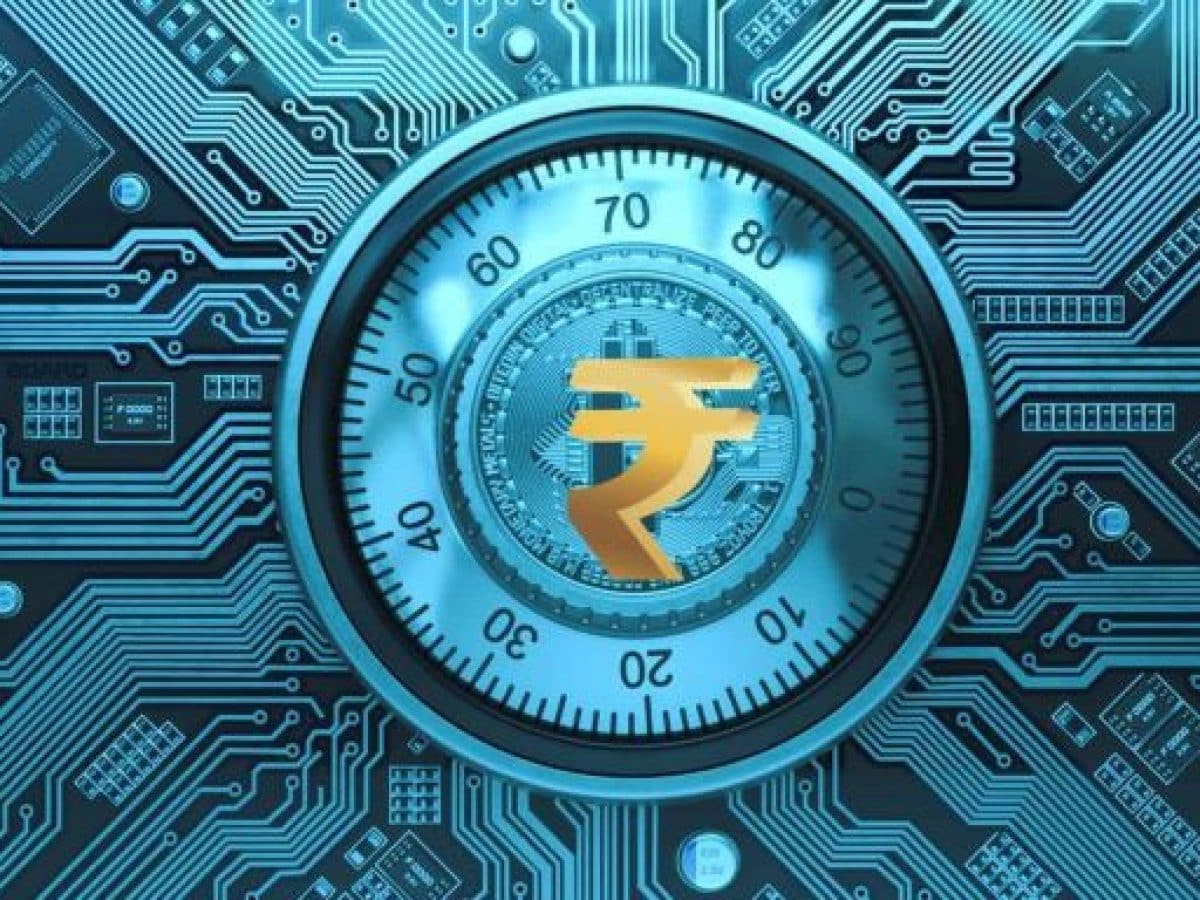What’s in today’s article:
- About India’s Digital Currency Plans
- News Summary
In News:
- The Reserve Bank of India (RBI) recently launched its first pilot project to use central bank digital currency (CBDC) in the wholesale market for secondary trade in government securities (G-secs) beginning November 1.
- Within a month, a second pilot project on retail use of the digital rupee will begin in closed user groups.
India’s Digital Currency Plans:
About a Central Bank Digital Currency (CBDC):
- If a virtual currency (be it a cryptocurrency) is recognised by the central bank it is known as the CBDC.
- CBDCs are the virtual or electronic form of fiat currencies (like the Indian rupee). Hence, a CBDC is the legal tender issued by a central bank in a digital form.
- It would appear as a liability on a central bank’s balance sheet.
- Many countries are exploring CBDC, with the Bahamian Sand Dollar was the first to debut CBDC in 2020, while Jamaica’s JAM-DEX was the most recent.
India’s approach to virtual currencies:
- In 2018, the RBI issued a directive prohibiting banks from providing services to the cryptocurrency ecosystem.
- The Supreme Court of India overturned this decision, calling it disproportionate given that such currencies were not prohibited in the country.
- A cryptocurrency law – the Cryptocurrency and Regulation of Official Digital Currency Bill, 2021 – that was supposed to be passed last year has yet to be enacted.
- The bill seeks to prohibit all private cryptocurrencies in India.
- However, it is expected to promote the underlying technology of cryptocurrency and its uses.
- Currently, there is no regulation or any ban on the use of cryptocurrencies in the country.
- In her 2022-23 Budget speech, the Finance Minister of India announced the launch of the Digital Rupee – a central bank digital currency (CBDC) – from 2022-23.
Background:
- According to the RBI, e-Rupee can be structured as ‘token based’ or ‘account-based’.
- A token-based CBDC is a bearer instrument, similar to banknotes, which means that whoever owns the tokens at any particular time is believed to own them.
- In contrast, an account-based system would necessitate the keeping of a record of all CBDC holders’ balances and transactions, as well as indicating ownership of the monetary balances.
- In a token-based CBDC, the individual receiving the token proves his ownership of the token is genuine, whereas an intermediary verifies the identity of an account holder in an account-based CBDC.
- A token-based CBDC is preferred for CBDC-Retail since it is more similar to physical cash, but an account-based system can be considered for CBDC-Wholesale.
- The RBI is considering two models for the issuance and management of CBDCs – direct model (single tier model) and indirect model (two-tier model).
- In the direct model, the central bank will be in charge of all aspects of the digital rupee system, including issuance, accounting and transaction verification.
- The central bank and other intermediaries (banks and other service providers) each play their respective roles under an indirect model.
- Here, the central bank will issue CBDC to consumers indirectly through intermediaries and any claim by consumers will be managed by the intermediary.
RBI’s announcement and its significance:
- The RBI announced that the first pilot in the Digital Rupee or e-rupee in the wholesale segment will commence in G-Secs from November 1, 2022.
- The pilot will include 9 banks: State Bank of India, Bank of Baroda, Union Bank of India, HDFC Bank, ICICI Bank, Kotak Mahindra Bank, Yes Bank, IDFC First Bank and HSBC.
- According to the RBI, the use case for this pilot is settlement of secondary market transactions in G-Secs.
- The use case for this pilot is expected to make the interbank market more efficient.
- Settlement in central bank money lowers transaction costs by eliminating the requirement for settlement guarantee infrastructure or collateral to offset settlement risk.
- Based on the learnings from this one, a second pilot project on retail use of the digital rupee will begin in closed user groups within a month. Future pilots will concentrate on other wholesale transactions and cross-border payments.
Last updated on June, 2025
→ UPSC Notification 2025 was released on 22nd January 2025.
→ UPSC Prelims Result 2025 is out now for the CSE held on 25 May 2025.
→ UPSC Prelims Question Paper 2025 and Unofficial Prelims Answer Key 2025 are available now.
→ UPSC Calendar 2026 is released on 15th May, 2025.
→ The UPSC Vacancy 2025 were released 1129, out of which 979 were for UPSC CSE and remaining 150 are for UPSC IFoS.
→ UPSC Mains 2025 will be conducted on 22nd August 2025.
→ UPSC Prelims 2026 will be conducted on 24th May, 2026 & UPSC Mains 2026 will be conducted on 21st August 2026.
→ The UPSC Selection Process is of 3 stages-Prelims, Mains and Interview.
→ UPSC Result 2024 is released with latest UPSC Marksheet 2024. Check Now!
→ UPSC Toppers List 2024 is released now. Shakti Dubey is UPSC AIR 1 2024 Topper.
→ Also check Best IAS Coaching in Delhi






















